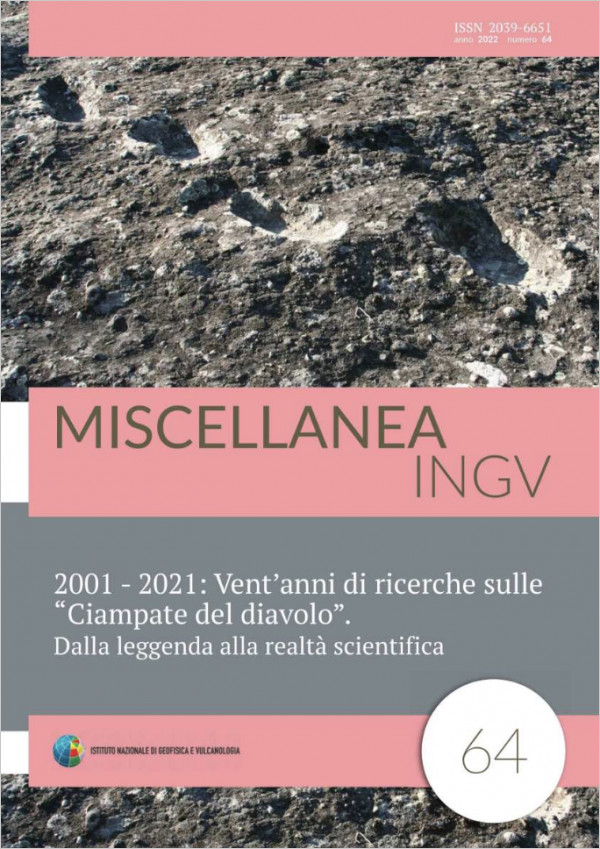Osservazioni sui meccanismi di locomozione dell’autore della Pista A delle “Ciampate del diavolo”
Main Article Content
Abstract
The world-famous Roccamonfina site represents one among the very few opportunities to investigate about the evolution of bipedal locomotion of Middle Pleistocene humans. The site includes at least 80, finely preserved human footprints in anatomical position, divided into four trackways. We applied a biomechanical model to verify if the Roccamonfina’s individuals minimized energy expenditure during locomotion, moving downhill along an oblique route cutting the slope in order to avoid the steepest gradient. In keeping with the biomechanical modelling, we found Roccamonfina’s humans adjusted their walking strategy as a function of the slope gradient in a cost effective way. Moreover, the application of the model allowed to estimate stature and body mass of a particual individual. The results perfectly fits within the variability of eurasiatic Middle Pleistocene hominins.
Article Details
Section
Article

This work is licensed under a Creative Commons Attribution 4.0 International License.

